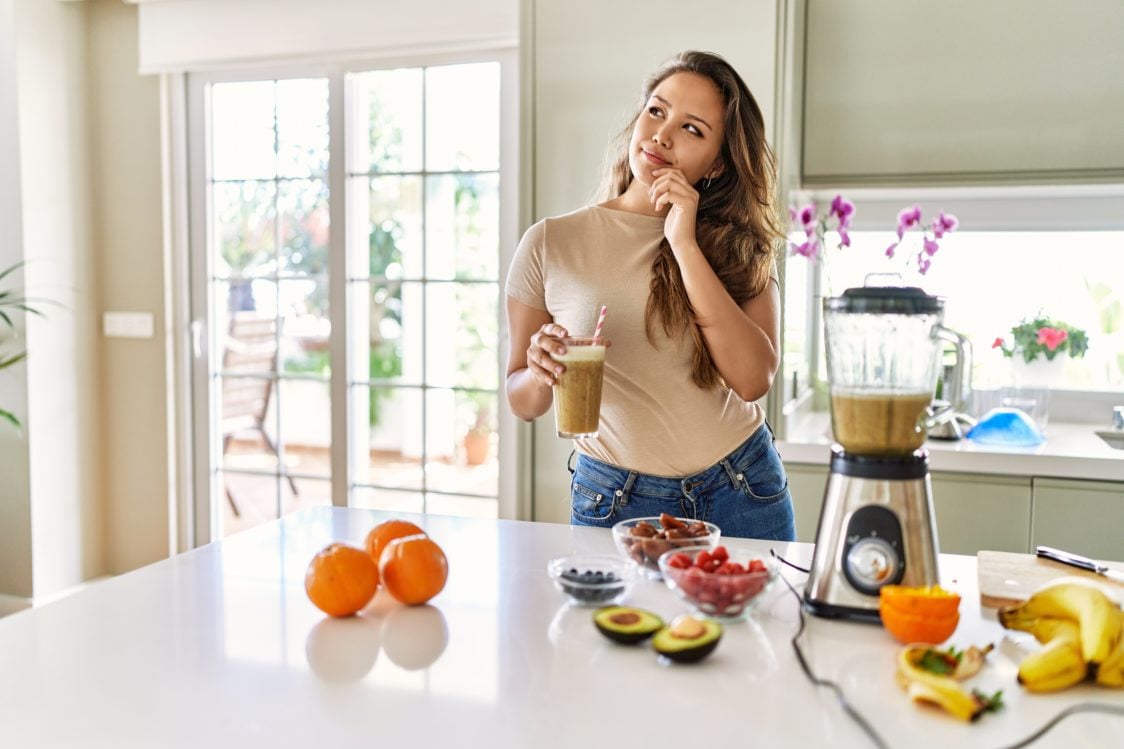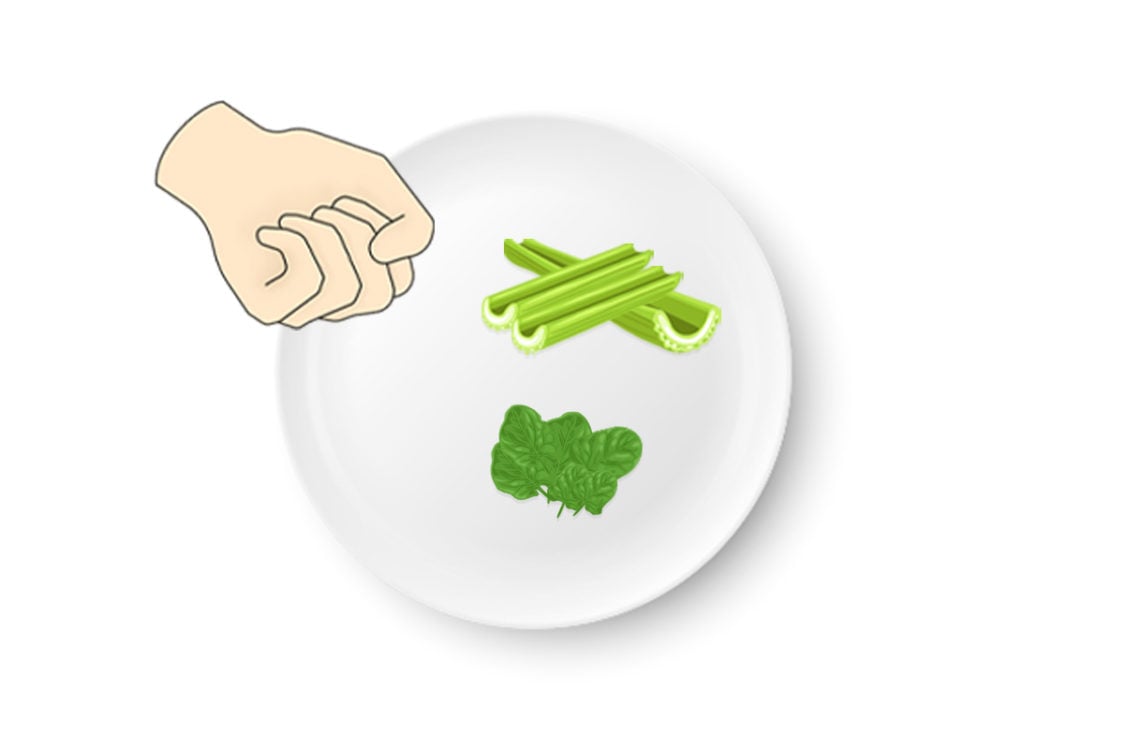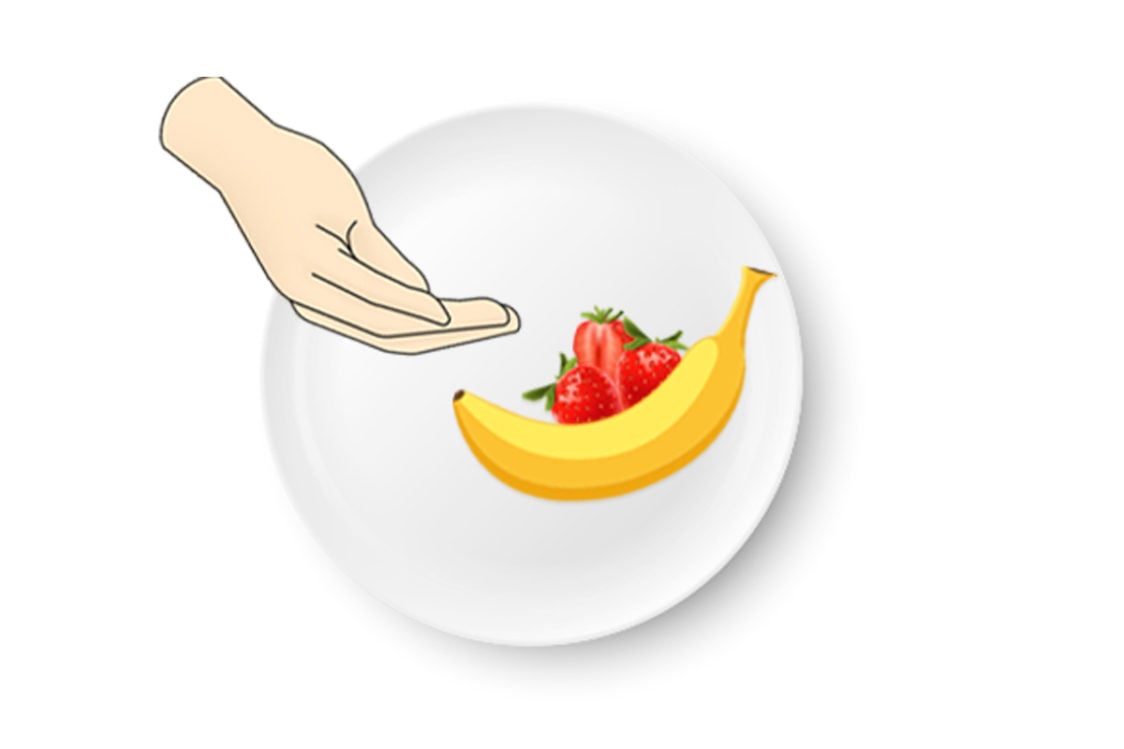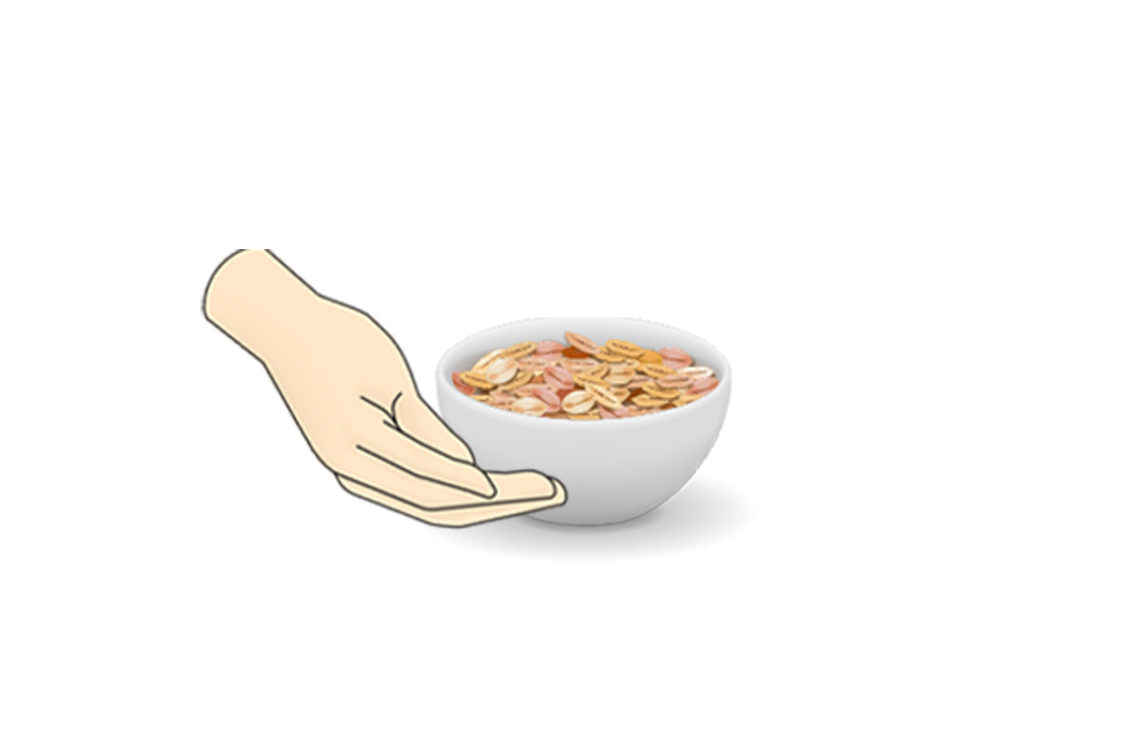Table of Contents
At first glance, nothing seems healthier than a drink full of blended fruits. In one meal, you can get several pieces of fruit, nuts and other healthy foods. It seems like a great vitamin bomb, but this drink also has its catch. It is often forgotten that a smoothie is not only full of vitamins, but also full of energy. So how do you put together a smoothie so that it doesn’t have the same amount of energy as two main meals? And how to ensure that it still has all the important nutrients and satiates you well? You will learn all that in today’s article.
What is a smoothie?
A smoothie is a drink that is created by blending different foods. The main ingredient is usually fruit, which can be combined with vegetables, nuts, oats, yogurt, milk or other foods. The ingredients are then blended with some liquid to create a liquid consistency.
What to watch out for?
A smoothie may seem like the perfect healthy snack. However, a common problem with this drink is its high calorie value and sugar content. One glass can contain as many pieces of fruit as you normally eat in three days. You probably wouldn’t be able to eat that much food in solid form, but it’s very easy to drink. It is also common for a smoothie to contain a lot of fat, because of a high amount of nuts, nut butter or other fat source in it. In the form of a smoothie, you can drink several times more energy than you would need. In addition, a liquid smoothie will not fill you up as well as fruit in solid form. [3]
What can such an energy bomb look like?
| 1 large banana (120 g) | 113 kcal |
| 1 apricot (40 g) | 22 kcal |
| 1 peach (100 g) | 46 kcal |
| 200 ml whole milk | 127 kcal |
| 15 g peanut butter | 90 kcal |
| a half of an avocado | 170 kcal |
After adding all of this up, you will find that the final energy value is 594 kcal. For example, 100 g of milk chocolate or one large lunch has the same amount of energy.

How to create a smoothie with the right nutritional profile?
When you plan well what you throw in the blender, you can create a complete meal that can replace a morning or afternoon snack, or sometimes even breakfast or lunch if necessary. How to do it?
1. Choose the right liquid
In order to create a drink, you have to dilute the blended food with something. Depending on how thick you want your smoothie to be, you choose the amount of liquid. A normal portion is 100-200 ml of liquid. You can use water, cow’s milk or various plant-based drinks (soy, almond, rice, oat, etc.)
The liquid dilutes the drink and can add a pleasant taste. But be careful not to pour too much calories into the smoothie.
How much energy is added to a smoothie by using different liquids?
| water | 0 kcal |
| low-fat milk 0.5% fat | 38 kcal |
| semi-skimmed milk 1.5% fat | 47 kcal |
| whole milk 3.5% fat | 64 kcal |
| rice drink | 48 kcal |
| soy drink | 34 kcal |
| coconut drink | 15 kcal |
| oat drink | 40 kcal |
| almond drink | 22 kcal |

2. Add vegetables
Each smoothie should include 1-2 servings of vegetables. 1 serving is the size of your fist. [6]
Which vegetables work well in smoothies:
- leafy vegetables (fresh spinach, collard greens, lettuce, etc.)
- beetroot, carrot
- cucumber, celery stalks
- pumpkin (e.g. Hokkaido), zucchini
By adding vegetables, you increase the content of vitamins, antioxidants and minerals. The smoothie will also be richer in fibre, thanks to which it will fill you up more. If you would like to further increase the content of antioxidants and other health-promoting substances, you can add green superfood powder called Greens Mix to the smoothie.
A smoothie containing 1-2 servings of vegetables can be a good solution for people who have trouble eating enough vegetables. The recommended amount of vegetables per day is 400 g (this can be achieved by eating, for example, 1 large tomato, ⅓ of a cucumber and 1 large carrot). [4]

3. Add some fruit
A smoothie without fruit wouldn’t be a smoothie. Often, however, this ingredient is the issue, when too much of it is used. To avoid excessive intake of energy and sugars, add one or maximum two servings of fruit to the smoothie. 1 serving of fruit fits in your hand. In practice, it can be, for example, 1 small banana and a handful of strawberries (2 servings of fruit). [5]
The daily recommended intake of fruit is 200 g. If you add this amount to a smoothie, your fruit intake for the day is fulfilled. [4]
Each type of fruit gives the smoothie a different taste and consistency, so you can try different combinations. For variety and decoration, you can add a few pieces of freeze-dried fruit to the smoothie.
Which fruits work well in smoothies?
- banana, mango
- apples, pears
- apricots, peaches, nectarines
- berries (strawberries, raspberries, blueberries…)
- you can use fresh or frozen fruit
Our article Fruit: How Many Calories and What Vitamins and Minerals Does It Contain? will convince you about how beneficial fruit actually is.

4. Don’t forget about protein
Protein should also be part of every smoothie. It is a nutrient that has the highest satiating ability. After adding protein, you can be sure that you won’t be hungry again a while after drinking the smoothie. Protein should be replenished regularly throughout the day, since the body does not store it like carbohydrates or fat. [1]
Add 1-2 servings of protein-rich food to the drink, depending on whether it is a smaller snack or you need a more substantial meal. One serving should be as big as your palm. [6]
Which sources of protein work well in smoothies:
- a cup of plain yogurt, 150 g of cottage cheese
- 150 ml of milk kefir, acidophilus milk, buttermilk or yogurt
- one cup (20-30 g) of whey or plant-based protein (in this case, it will be necessary to add a larger amount of liquid to dilute it)

You might be interested in these products:
5. Add complex carbohydrates
If you want to replace a full meal (such as lunch or breakfast) with a smoothie, you should add one serving of complex carbohydrates. This is not necessary in the case of an early or late snack. One serving of complex carbohydrates is an equivalent to one handful. Various cereals work best, as you can hardly notice them after blending the drink. [6]
Which carbohydrates work well in smoothies:
- oat flakes
- rye flakes
- buckwheat flakes
- barley flakes
- wheat flakes
- rice flakes, etc.

6. At the end, add some healthy source of fat
You can add healthy fats to the smoothie, for example, in the form of nuts (cashews, almonds, walnuts, hazelnuts, etc.), any nut butter, seeds (chia, sunflower, pumpkin, flax, etc.), dark chocolate or, for example, avocado.
Since fat has twice the amount of energy compared to protein and carbohydrates, be mindful about how much you add. It will be more than enough if you treat yourself to 1 serving of these foods, which corresponds to the size of your thumb. [6]
Peanut butter can also be a great choice. If you want to know more about it, read our article Peanut Butter: How to Pick the Best One and What Impact It Has on Your Health?

Bonus Tips
Bonus Tip 1: Add extra fibre
If you know that you have a problem getting enough fibre in your regular diet, or you want the smoothie to fill you up more, you can add some extra fibre. A teaspoon of Psyllium, Daily Fiber, Apple Fiber or, for example, oat bran will work great.
If you decide to add fibre, don’t forget to dilute the drink with some water. In general, a higher fiber intake should be accompanied by a higher daily fluid intake.
Bonus Tip 2: Garnish your smoothie
If you want to make your smoothie even more interesting, at the end, you can sprinkle it with cinnamon, cocoa or, for example, carob. Or you can add a few pieces of lyophilized fruit or syrup (chicory, date, maple, etc.).

When to drink smoothies?
1. Substitute for a snack, lunch or breakfast
A smoothie can serve as a substitute for a morning or afternoon snack. These meals should be smaller and less filling than the main meals (of course there can be exceptions, it depends on your particular situation and diet). By following our guide above and keeping an eye on how many servings you are adding, you can’t go wrong.
Smoothie for a snack could look like this:
| strawberries (50 g/ ½ serving) | 17 kcal |
| banana (60 g/ ½ serving) | 56 kcal |
| spinach (20 g/ 1 serving) | 4 kcal |
| milk kefir (150 g/ 1 serving) | 66 kcal |
| almonds (5 g/ 1 serving) | 30 kcal |
| water |
The energy value of this smoothie is 167 kcal. It contains 7.5 g of protein, 23 g of carbohydrates, 4.6 g of fat and 3 g of fiber.
Sometimes it happens that even lunch or breakfast need to be adapted to the fast pace of the day, and a meal that you only need to drink is just perfect. If that’s the case, add more servings than for a snack and don’t forget complex carbohydrates.
Smoothie for a lunch could look like this:
| strawberries (50 g/ ½ serving) | 17 kcal |
| banana (110 g/ 1 serving) | 103 kcal |
| spinach (30 g/ 1 serving) | 6 kcal |
| celery stalks | 6 kcal |
| oatmeal (30 g/ 1 serving) | 120 kcal |
| whey protein (30 g/ 1 serving) | 119 kcal |
| almonds (5 g/ 1 serving) | 31 kcal |
| water |
The energy value of this smoothie is 402 kcal, it contains 30 g of protein, 51 g of carbohydrates, 7 g of fat and 7.5 g of fiber.
2. Quick pre-workout meal
A smoothie can also serve as a suitable pre-workout meal when you need something light and quickly digestible. However, to do this, add as little fat as possible (or none) and use no more than 1 serving of vegetables. The high content of fiber and fat would slow down the digestibility of the smoothie. [1]
3. If you need to increase your energy intake
As we have already mentioned, smoothies can be useful for you when you have trouble consuming the daily recommended amount of vegetables and fruits. However, it can also be suitable for people who need to increase their energy intake, but the amount of solid food is too much for them. Good examples would be, for example, targeted weight gain or a diet for diseases that may require an increased intake of calories (e.g. oncological diseases).
If you want to gain weight, be sure to read our article 10 Tips for Healthy Weight Gain.

Are smoothies healthy?
Every smoothie that contains vegetables, fruits or nuts also contains a large amount of vitamins, antioxidants, minerals and other substances. These are all nutrients that are beneficial to health. Even here, however, it is true that everything should be done in moderation. If you have too much of “healthy” food and you repeatedly receive a large amount of energy in the form of smoothies, it can lead to increased body weight. And as you know, overweight and especially obesity cause a large number of health issues. [2]
If you are more interested in the energy values in smoothies and other drinks, be sure to read our article Where Are Liquid Calories Hiding, and How Do These Empty Calories Prevent You from Losing Weight?
How long does a smoothie stay fresh?
You might find it convenient to make a smoothie the night before you go to work and have it ready in the morning. You can definitely do it that way, just make sure you store it in the fridge. Blended fruit in combination with other foods is more susceptible to spoilage. Store the smoothie for a maximum of 24 hours to prevent spoilage. [5]
However, you should be aware that when you take the smoothie out of the fridge the next day, it’s going to be in a different state than when you put it there. There will be a change in taste and colour due to natural chemical and physical processes that take place during storage (a change in colour and taste does not mean that the food is spoiled).
That means that you can prepare the smoothie in advance, but it will definitely be nicer and tastier if you take the time to prepare it fresh. After all, cutting fruit or vegetables and throwing them into a blender only takes a few minutes.
What should you remember?
When you need convenient, quick and easy food, a smoothie can be a good choice. However, if you don’t pay enough attention to what you put in, it can hide a large amount of calories, sugar and fat. So, if you don’t your smoothie to turn into an energy bomb, check how much fruit and other energy-rich foods you add. If you learn to prepare it in a complete and balanced way, it can become a regular part of your diet.
Do you make smoothies regularly? If our guide helped you to learn something interesting, share it with your friends along with your perfect smoothie recipe.
[1] DUYFF, R.L. Complete Food & Nutrition Guide.
[2] HAINER A KOL., V. Základy klinické obezitologie.
[3] MATTES, R.D. - CAMPBELL, W.W. Effects of Food Form and Timing of Ingestion on Appetite and Energy Intake in Lean Young Adults and in Young Adults with Obesity.
[4] MINISTERSTVO ZDRAVOTNICTVÍ ČESKÉ REPUBLIKY. – http://www.szu.cz/uploads/documents/czzp/edice/vyzivova_doporuceni_pro_ob.CR.pdf
[5] PODEŠVOVÁ, E. Smoothie versus ovocný nápoj. – https://theses.cz/id/llx26q/?lang=sk
[6] Hand Portion FAQ: A Guide from Precision Nutrition. – https://www.precisionnutrition.com/hand-portion-faq


Add a comment